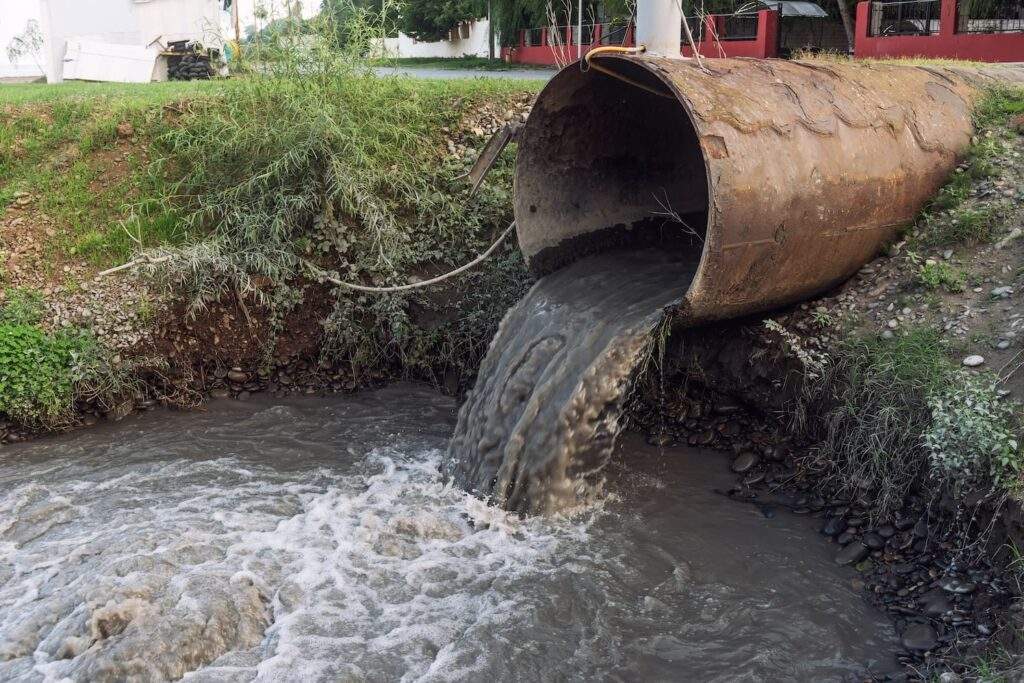
How Does a Waste Water Treatment Facility Work in Dallas, TX?
 Wastewater treatment facilities are an integral part of society, maintaining environmental sustainability and public health in cities like Dallas, TX. While it’s nice enough to sit back and benefit from all they do, it’s also a good idea to learn a bit about one of the most crucial aspects of the modern world.
Take the time to educate yourself about the inner workings of a wastewater treatment facility and how they use different technologies, techniques, and more to keep the water in our community clean.
Wastewater treatment facilities are an integral part of society, maintaining environmental sustainability and public health in cities like Dallas, TX. While it’s nice enough to sit back and benefit from all they do, it’s also a good idea to learn a bit about one of the most crucial aspects of the modern world.
Take the time to educate yourself about the inner workings of a wastewater treatment facility and how they use different technologies, techniques, and more to keep the water in our community clean.
Processes Involved in Wastewater Treatment
Many wonder how wastewater treatment plants work. For such an important part of modern life, it’s fairly uncommon to think more deeply about it than, “Dirty water in, clean water out.” The process itself is a complex one, divided into four main stages: Preliminary, Primary, Secondary, and Tertiary Treatment.Preliminary Treatment
Preliminary treatment involves removing large pieces of waste that could potentially damage the machinery or hinder the process further down the line. The wastewater passes through a series of screens that trap and remove larger objects such as trash, paper, wood, and metal pieces. The water then proceeds to a grit chamber, where sand, small stones, and other gritty materials settle at the bottom for removal.Primary Treatment
During the primary treatment phase, heavier organic and inorganic solids are separated from the water. The wastewater is allowed to sit in a large tank, often called a sedimentation or settling tank. Here, the heavier particles settle at the bottom, forming a layer of sludge which is later removed. Lighter materials such as oils and fats rise to the surface and form “scum,” which is also removed. To enhance the removal of those particles, a process called flocculation may be used, which involves adding chemicals that cause small particles to adhere together, forming larger clumps known as “flocs,” which can then be more easily removed.Secondary Treatment
The secondary treatment process involves the use of aerobic (oxygen-consuming) bacteria to decompose organic matter in the wastewater. The water is aerated to provide oxygen for the bacteria to thrive. They consume organic matter as food, effectively removing it from the wastewater. The result is a mix of water, bacteria, and their by-products.Tertiary Treatment
Tertiary treatment, although not always included, is gaining importance with the increasing need for higher water quality. During this stage, the water is passed through layers of sand and other materials to filter out remaining solids. The water is then disinfected, usually through chlorination or ultraviolet (UV) light treatment, to kill any remaining disease-causing bacteria or microorganisms. The treated water is then safe to be released back into the environment or reused.Technologies Used in Wastewater Treatment
Wastewater treatment facilities in Dallas, TX, make use of several state-of-the-art technologies to optimize the treatment process and ensure the water’s safety and cleanliness. Advanced oxidation processes, for example, are a series of techniques that involve the generation of hydroxyl radicals, a potent oxidant capable of breaking down most pollutants in wastewater. Membrane bioreactors (MBRs) combine conventional activated sludge treatment with membrane filtration. This technology enhances the treatment process, resulting in high-quality effluent suitable for discharge or reuse in irrigation or industrial applications. UV disinfection is another effective method for removing bacteria and other microorganisms from water. With the help of UV light, harmful organisms’ genetic material is broken down, rendering them harmless and unable to reproduce.Environmental Impact and Community Benefits
The effective treatment of wastewater prevents the contamination of local water bodies, preserving the overall quality of water resources in Dallas. Treatment facilities contribute to sustainable development by promoting water recycling and reuse, thereby conserving water resources. They also ensure public health by removing harmful substances and disease-causing organisms, preventing waterborne diseases.Future Developments and Challenges
As technology evolves, wastewater treatment facilities also continue to evolve. Future developments in wastewater treatment are expected to include the integration of more advanced treatment technologies to enhance efficiency and effectiveness. However, a significant challenge lies in addressing the issue of aging infrastructure, requiring substantial investment and strategic planning for upgraded systems and facilities.Increase Your Understanding of Dallas Wastewater Treatment Today
Wastewater treatment facilities in Dallas, TX, play a major role in environmental sustainability and public health through a series of carefully orchestrated processes and the use of advanced treatment technologies. They are an important part of our lives we should all be more aware of. To learn more about wastewater treatment and environmental services or to request assistance with environmental cleanup or industrial waste disposal, contact us today.Image Credit: Vastram / Shutterstock
Disclaimer: Cactus strives to provide top-tier service for all industrial and commercial markets. For individuals needing residential services, please contact your city's Household Hazardous Waste Division.
